Consider a bipolar junction transistor (either PNP or NPN). Which output would produce this circuit for various input (\$= V_{\mathrm{BE}}\$) voltages?

It is common base, but without a voltage supply for the collector.
The resistor is assumed to have resistance on the order of \$V_{\mathrm{BE}}/I_{\mathrm E}\$ with \$V_{\mathrm{BE}}\$ typical for this base–emitter junction when forward biased.
Of course, Ī̲’m aware it’s no amplifier. The question arose from conditions considered in Why does the collector current direction remain the same in saturation and active region? and Transistor working with unusual biasing threads, but particular formulation of the questions hinders learning these specific things. Namely, Ī̲ seek arguments against the “two diodes model” as an universal answer for any question about BJT saturation.


